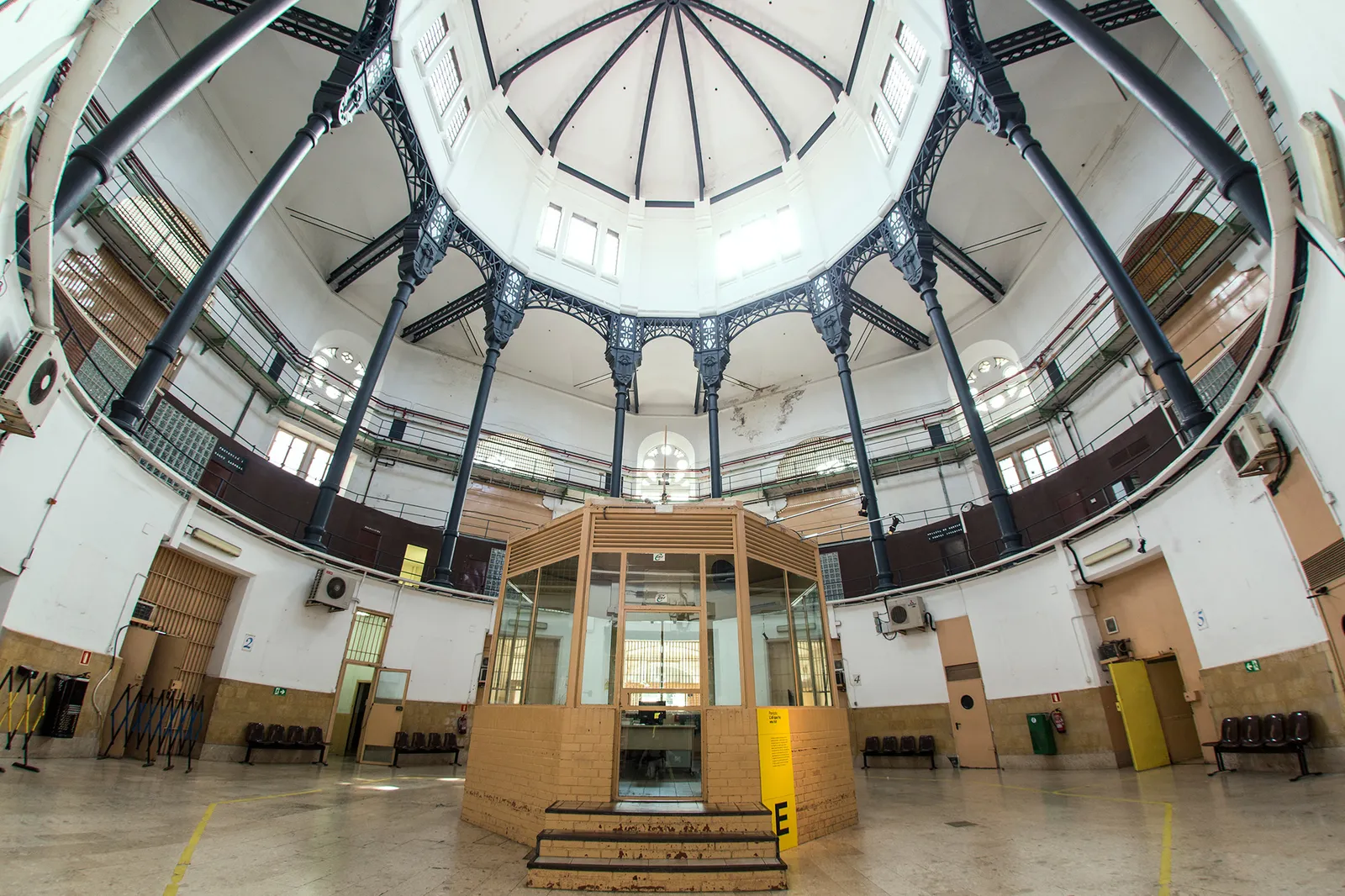Financial viability, frameworks, prisons and mummified corpses
Posted on 06-11-2023
At INCASOL, I focused on the financial viability housing projects. Interestingly, these assessments are conducted by architects. I have deeply enjoyed working with architects that master valuation techniques, as well as intervening in architectural contests all of that while providing affordable housing. For all the criticism civil servants receive in Spain, INCASOL is efficiently run by truly dedicated professionals. This has changed my mind. Before, I used to think naively that architects’ main focus was building, buildings that is.
Talking about buildings, among the most fascinating buildings in Barcelona is La Modelo, an old prison with a panopticon. The panopticon is a fascinating design by philosopher Jeremy Bentham, conceived to observe prisoners without being observed. Funnily enough, Benthan’s mummified corpse is preserved at University College London. If you’re interested in reading more, Surveir et Punir by Foucault is a classic. As I contemplated the panopticon, I couldn’t help but wonder: where else has the work of an architect been used to oppress? One is in fact not short of examples. For instance, Le Corbusier’s orthopaedic architecture intended to produce obedient citizens (I guess this kinda chimes with his connections to totalitarian regimes of all sign). Nowadays, most architectural delusion just stops at the glorification of outdated standards. Any first-year undergrad will make a model of whatever Aalto, Mies or Wright design they’ve recently encountered. They sometimes go even further and justify it by quoting an obscure philosopher. However, as some take this orthopaedic drive further, it becomes a demiurgic obsession. A project for the organisation of the universe. In Platonic philosophy, the demiurge is the artisan-god, charged with the task of ordering the world.
Nevertheless, there’s a particular point of encounter in the professional world between the architect and the economist. As much as it would not make justice to architects to reduce them to a modernist pipedream, maybe we shouldn’t reduce social sciences to small preset containers? Does research need an organising framework or should we throw out orthopaedics? Do frameworks necessarily constrain or can we use them to connect? Is Le Corbusier alive and well under the guise of holistic transdisciplinarity?


